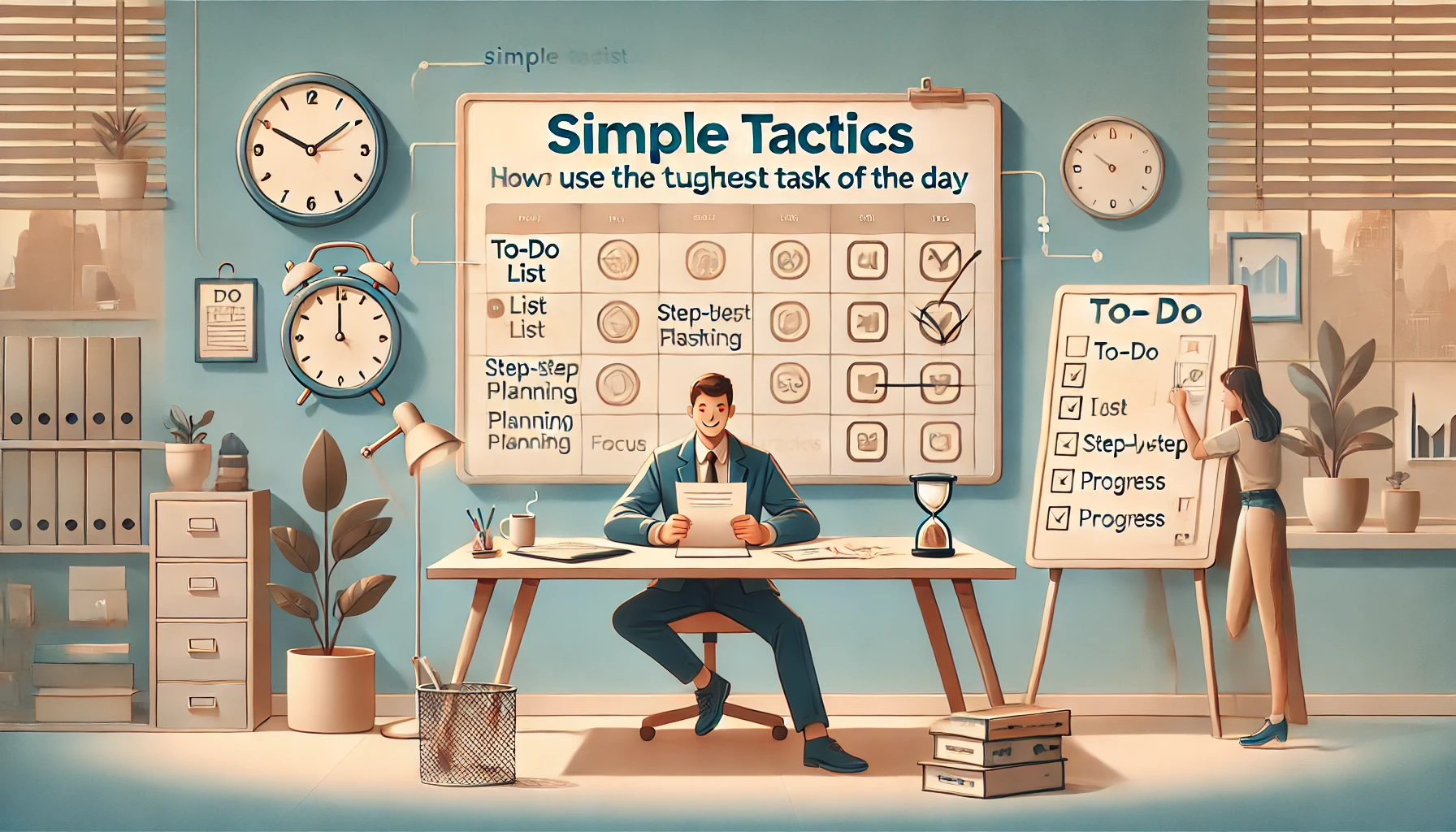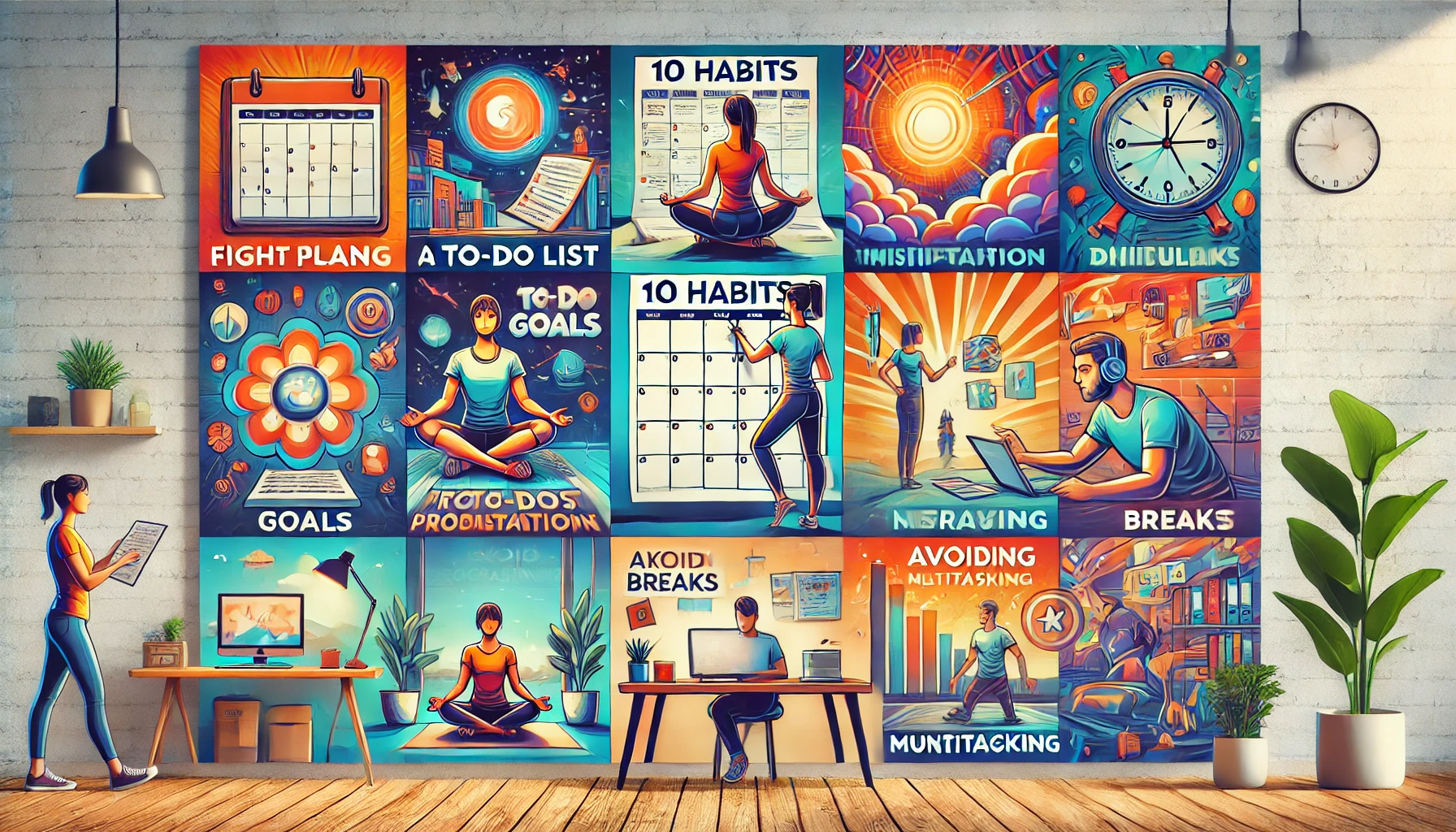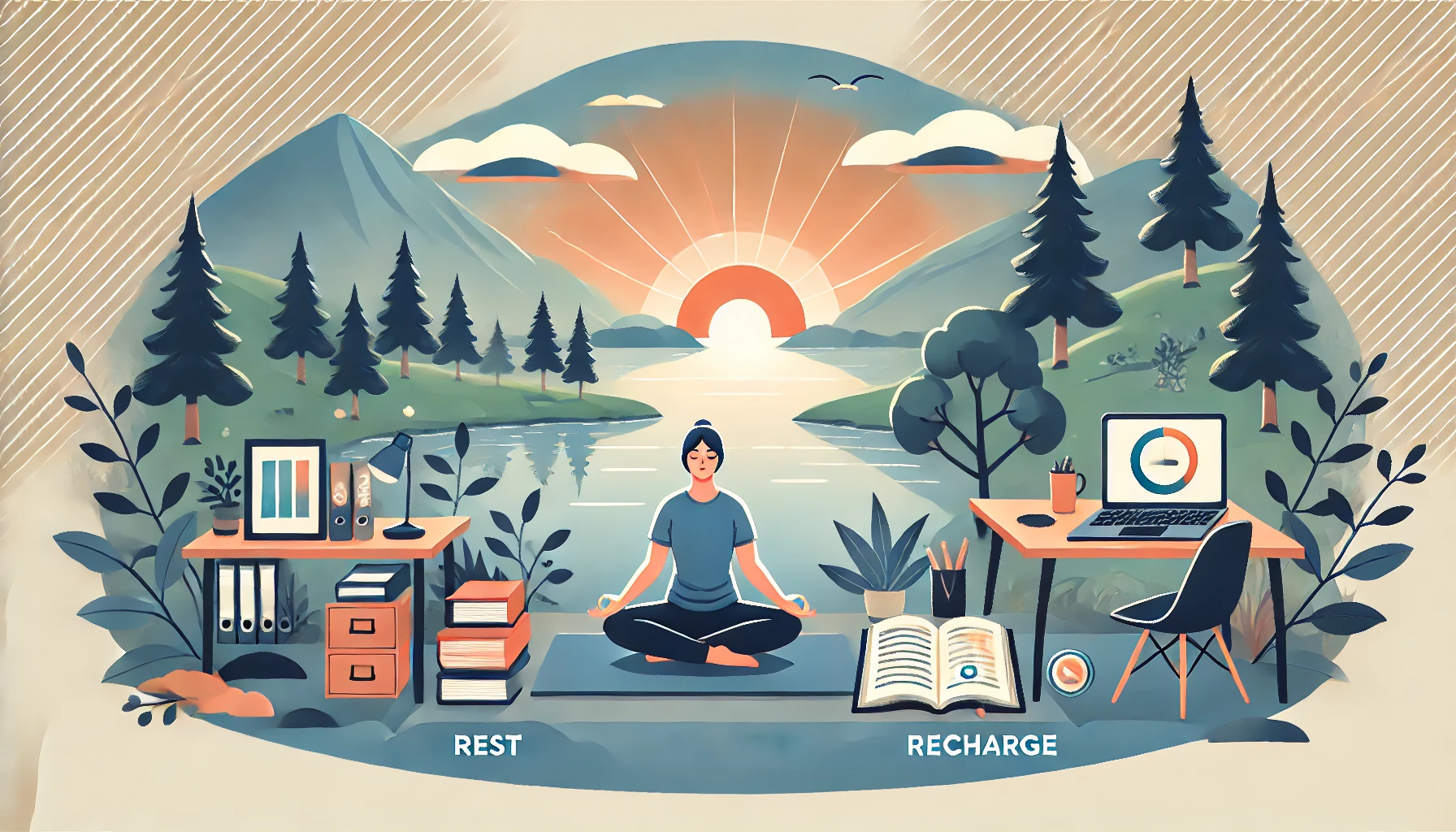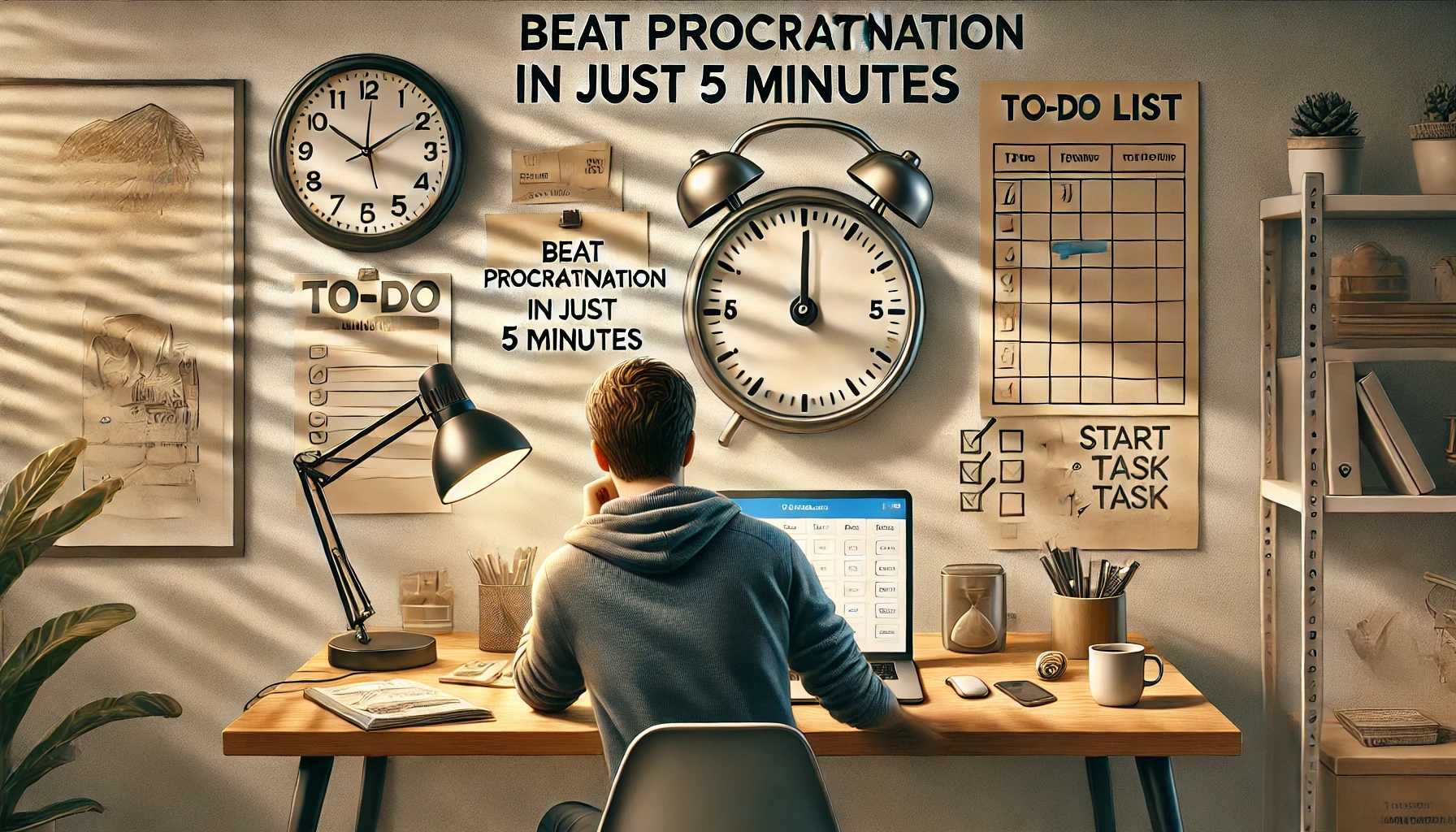You know you need to get something done, but you just can’t find the motivation. Instead of starting, you delay, distract yourself, and feel stuck. Sound familiar?
Lack of motivation is one of the biggest reasons people procrastinate. The problem is that waiting for motivation to strike rarely works. If you only take action when you feel inspired, you’ll struggle with consistency and productivity.
The good news? You don’t need to feel motivated to take action. In this article, you’ll learn why motivation is unreliable, how to break free from procrastination, and what to do when you just don’t feel like working.
Why Motivation Alone Isn’t Enough
Many people believe they need to feel inspired before they can start working. But successful people don’t rely on motivation—they rely on habits, systems, and self-discipline.
✅ The Problem with Motivation:
- It’s inconsistent – Some days you feel energized, other days you don’t.
- It depends on emotions – If you’re tired or stressed, motivation disappears.
- It creates delays – If you wait to “feel ready,” you might never start.
✅ The Alternative? Action creates motivation, not the other way around. Once you start moving, your brain naturally builds momentum.
How to Overcome Lack of Motivation and Take Action
1. Use the “5-Minute Rule” to Get Started Immediately
One of the hardest parts of any task is just starting. The longer you wait, the more resistance builds. The 5-Minute Rule eliminates hesitation by making the first step incredibly easy.
✅ How to Apply It:
- Commit to working on a task for just 5 minutes.
- If you want to stop after 5 minutes, you can—but most of the time, you’ll keep going.
📌 Example: Instead of saying “I need to write a full report”, say “I’ll write just one sentence.” Once you start, momentum makes it easier to continue.
2. Use “The Two-Minute Rule” to Make Tasks Feel Effortless
If five minutes still feels overwhelming, shrink the task even more using the Two-Minute Rule from James Clear’s Atomic Habits.
✅ How to Apply It:
- If a task feels big, break it down into something that takes just 2 minutes.
- The goal is to make starting so easy that resistance disappears.
📌 Example: If you want to exercise but don’t feel motivated, start by just putting on your workout shoes. Most of the time, you’ll end up doing the full workout.
3. Trick Your Brain with “The 5-Second Rule”
When your brain starts making excuses, shut it down before it stops you. The 5-Second Rule, developed by Mel Robbins, prevents hesitation from turning into procrastination.
✅ How to Apply It:
- When you feel resistance, count 5-4-3-2-1 and take immediate action.
📌 Example: If you feel like scrolling through social media instead of working, count 5-4-3-2-1 and immediately open your work document instead.
4. Set “Micro-Goals” to Make Progress Manageable
Lack of motivation often comes from feeling overwhelmed. If a task seems too big, your brain resists starting. The solution? Break it into small, achievable goals.
✅ How to Apply It:
- Instead of “Study for 3 hours”, set a goal to “Review one chapter for 15 minutes.”
- Instead of “Clean the entire house”, aim to “Clean just one room.”
- Instead of “Write a book”, start with “Write 100 words today.”
📌 Why It Works: When a task feels smaller, your brain sees it as achievable, making it easier to begin.
5. Use “Temptation Bundling” to Make Tasks Enjoyable
If a task feels boring, pair it with something you enjoy. This technique, called temptation bundling, makes even unpleasant tasks feel more rewarding.
✅ How to Apply It:
- Only listen to your favorite music while working out.
- Drink your favorite coffee while answering emails.
- Watch a show while folding laundry.
📌 Example: If you struggle with studying, only allow yourself to drink your favorite tea while reviewing notes.
6. Create External Accountability to Force Action
When no one holds you accountable, it’s easy to procrastinate. External pressure helps you stay on track.
✅ How to Apply It:
- Tell a friend or mentor your goal and set a deadline.
- Use an accountability app like Beeminder or StickK to track progress.
- Join a study or work group where others expect you to contribute.
📌 Example: If you struggle to exercise, find a workout partner. Knowing someone is waiting for you makes it harder to skip.
7. Remove Distractions Before Starting
Even if you’re motivated, distractions can break your focus. Creating a distraction-free environment increases the chance of staying on task.
✅ How to Apply It:
- Put your phone in another room.
- Use website blockers to prevent social media browsing.
- Work in a quiet, clutter-free space.
📌 Example: If social media distracts you, use apps like Freedom or Cold Turkey to block access during work hours.
8. Use the “One-Task Rule” to Avoid Overwhelm
Multitasking kills motivation because your brain switches between tasks too often. Instead, focus on just one task at a time.
✅ How to Apply It:
- Keep only one tab open when working on a project.
- Schedule dedicated focus sessions for deep work.
- Set a clear endpoint for each task before moving to the next.
📌 Example: If you’re writing, close all irrelevant apps and focus only on writing for 30 minutes.
9. Track Progress and Celebrate Small Wins
Motivation increases when you see visible progress. Tracking your accomplishments keeps you engaged and builds momentum.
✅ How to Apply It:
- Use a habit tracker to mark off completed tasks.
- Keep a “done list” to remind yourself of past progress.
- Celebrate small wins with a break or a small reward.
📌 Example: If you’re working on a long project, highlight every completed section to see progress in real-time.
10. Reframe “I Don’t Feel Like It” to “I’ll Do It Anyway”
Instead of waiting for motivation, train yourself to take action regardless of how you feel. Discipline beats motivation every time.
✅ How to Apply It:
- Replace “I don’t feel like it” with “I’ll start for 5 minutes.”
- Remind yourself: “I can do hard things even when I don’t feel like it.”
📌 Example: If you’re tired and don’t want to work, say “I’ll just do 5 minutes,” and see where it takes you.
Final Thought: Action Creates Motivation, Not the Other Way Around
If you wait to “feel ready,” you’ll never get started. The secret to overcoming procrastination is taking action first—no matter how small.
By using these strategies, you will:
✅ Start tasks even when you don’t feel like it.
✅ Build momentum and eliminate procrastination.
✅ Train yourself to take action regardless of motivation.
Remember: Motivation follows action, not the other way around. The best time to start is right now!












Leave a Reply